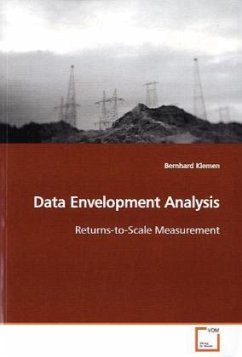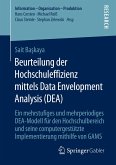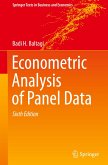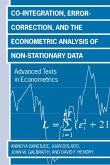The paper provides an overview of the different
approaches to measure returns-to-scale (RTS) in Data
Envelopment Analysis (DEA). DEA is a promising
approach allowing for analysis of efficiency and RTS
in certain fields where other concepts like
regression analysis are not applicable. Therefore,
DEA literature and especially literature on RTS
measurement in DEA is rapidly growing. Returns-to-
scale and scale efficiency can lead to significant
and long-lasting implications for management and
politics. Furthermore, RTS classification can be
used to decide on mergers and acquisitions.
Following the description of the most common DEA
models and their technology different approaches to
measure RTS are described and advantages and
disadvantages are elaborated. The approaches are
subdivided in qualitative and quantitative
approaches and RTS measurement in cost-based and non-
radial models. Additionally, sensitivity analysis
for RTS measurement is being dealt with. Finally, an
empirical application is provided to illustrate RTS
measurement approaches discussed in the paper.
approaches to measure returns-to-scale (RTS) in Data
Envelopment Analysis (DEA). DEA is a promising
approach allowing for analysis of efficiency and RTS
in certain fields where other concepts like
regression analysis are not applicable. Therefore,
DEA literature and especially literature on RTS
measurement in DEA is rapidly growing. Returns-to-
scale and scale efficiency can lead to significant
and long-lasting implications for management and
politics. Furthermore, RTS classification can be
used to decide on mergers and acquisitions.
Following the description of the most common DEA
models and their technology different approaches to
measure RTS are described and advantages and
disadvantages are elaborated. The approaches are
subdivided in qualitative and quantitative
approaches and RTS measurement in cost-based and non-
radial models. Additionally, sensitivity analysis
for RTS measurement is being dealt with. Finally, an
empirical application is provided to illustrate RTS
measurement approaches discussed in the paper.








